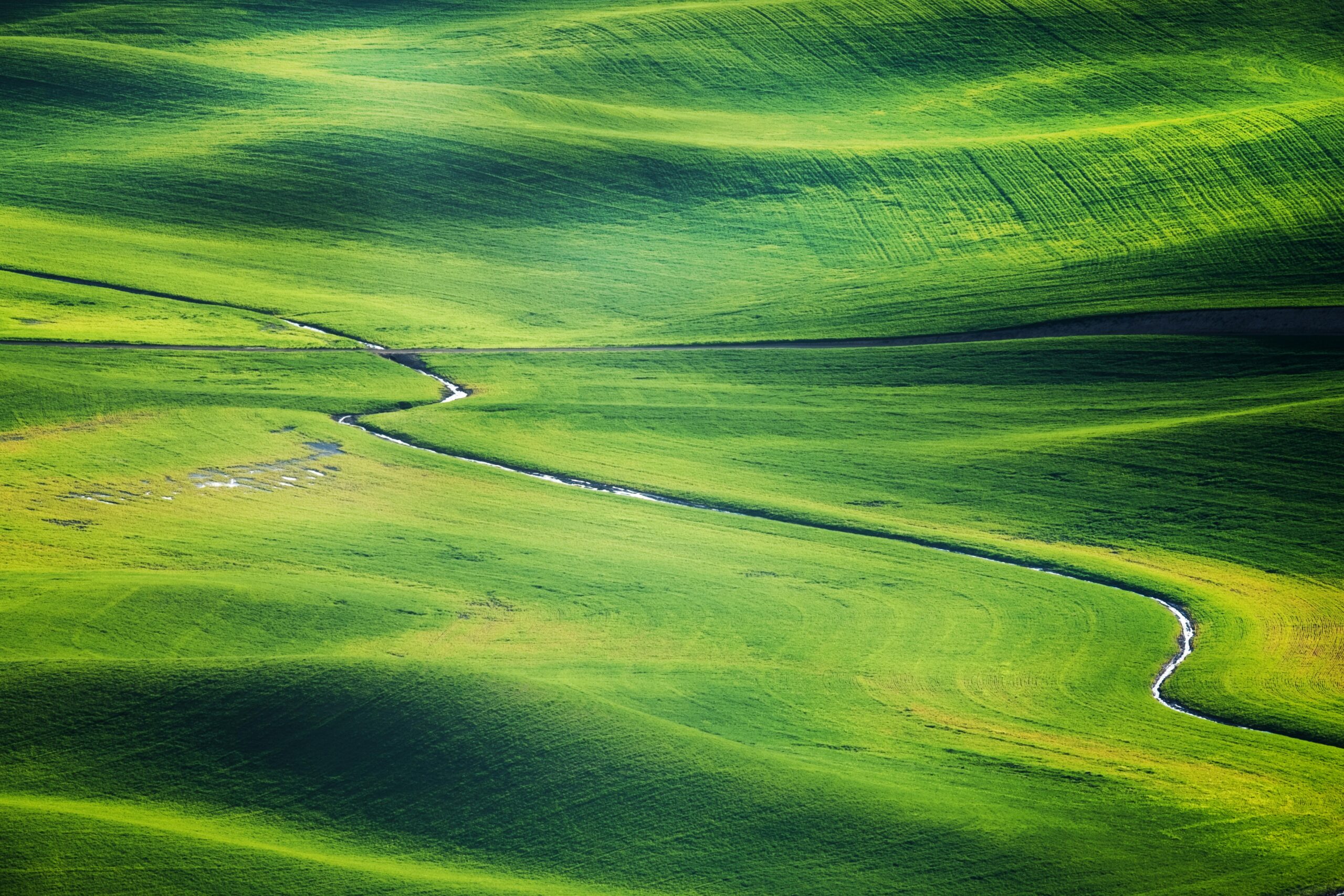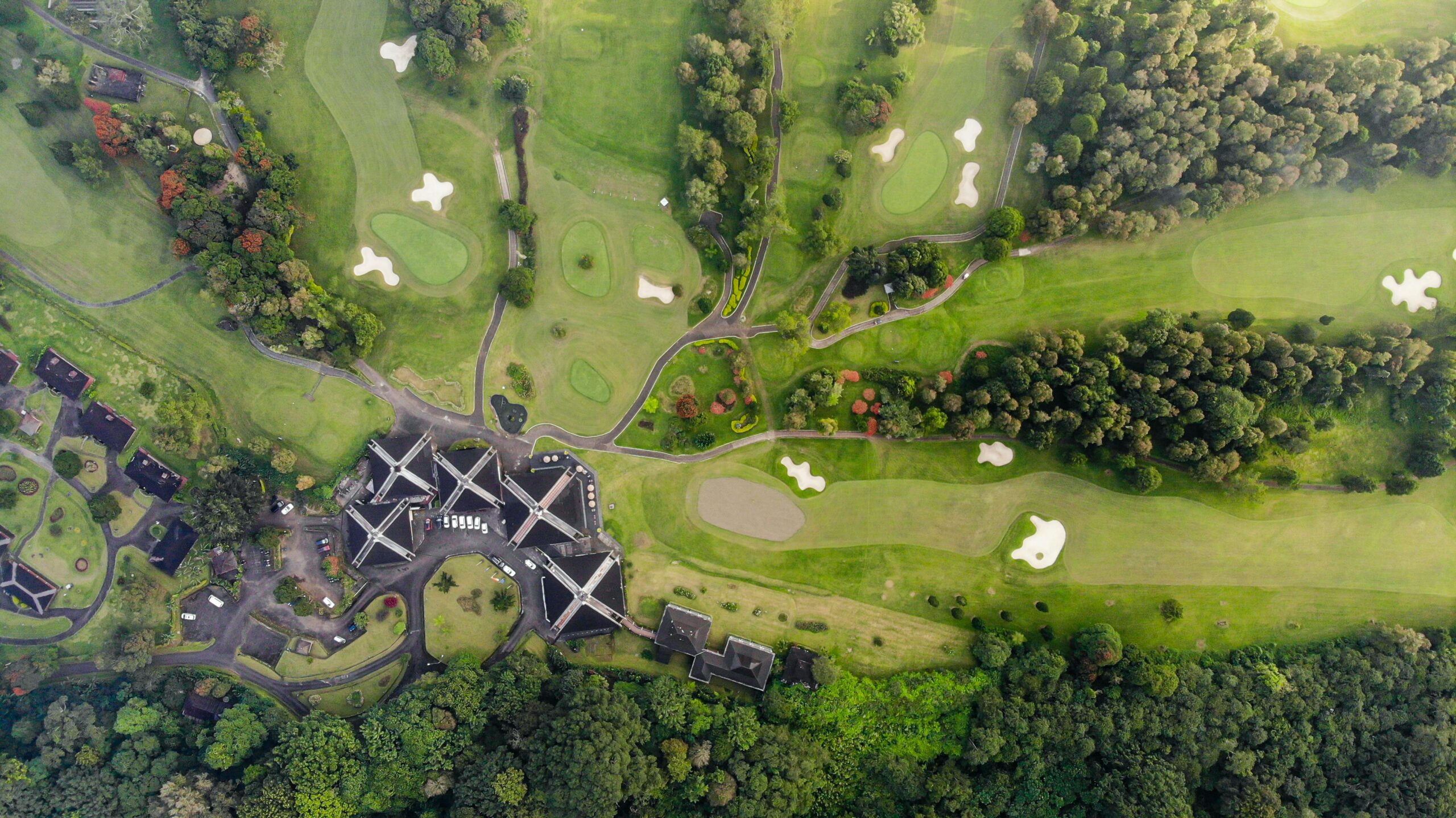
6 Environmental Factors Golf Course Developers Must Consider
Regardless of whether you’ve already found a great piece of land for a golf course or are searching for the ideal location, there is a lot of due diligence involved. In particular, there are a number of environmental factors that golf course developers must consider before a plan can move forward.
The Golf Course Development Perspective
Golf courses are sometimes vilified for the amount of resources they consume to provide a recreational pastime. From the acreage they will take up to the water that will be consumed, a proposed golf course development can easily run afoul of environmental regulations or public sentiment. As we discussed in our recent post, the golf course permitting process is not something to take lightly, and including plans for environmental protection helps.
It doesn’t have to be this way. Over the past several decades, the need for a sustainable and environmentally friendly approach to golf course development has taken shape. The American Society of Golf Course Architects (ASGCA) first published An Environmental Approach to Golf Course Development in 1992. Since then, the document has been revised as new methodology and technology has become available.
The point is that there are ways to create a great golf experience while meeting environmental standards and improving public perception, both for an individual course and for the industry as a whole. With the ASGCA handbook as background, we can take a look at some of the most important environmental considerations that golf course developers must consider.
Site Selection

The selection of a viable site is an important consideration. Ideally, you should address this before the golf course design even begins. Environmental considerations golf course developers must consider go well beyond simple demographic or commercial calculations that influence most other development decisions. The land is inherent to the design of a golf course. Choosing the right property with an eye towards minimizing environmental impact can make a big difference.
Flora and Fauna
Foremost in making environmental considerations a part of the site selection process is an understanding of the local climate and habitat. Architects, civil engineers and superintendents must have a good understanding of the flora and fauna that make up the local ecological system. In particular, pay careful attention to threatened species that may be native to the area or visit it on migratory routes. It is also helpful to know what invasive species are dominant in the area.
Understanding the local natural habitat should figure into the design of the course right from the start. Routing the course to minimize the disruption of native trees and vegetation will go a long way towards meeting environmentally friendly standards.
Topography
Topography is perhaps a more obvious consideration, since the rolling hills and meandering streams are all part of our mental image of a beautiful golf course. Finding the right parcel of land to incorporate into a golf course design is the challenge. Site selection should include minimizing the disruption of the native landscape as a major criteria. It is best to avoid sites that require excessive grading or filling. Retaining native rock outcroppings can be an attractive design element as well as being environmentally friendly.
Rehabilitation
Another site selection option is that of rehabilitating an industrialized or commercialized property. An Environmental Approach to Golf Course Development cites the example of the Hideout Golf Club in Monticello, Utah, where an old 100 acre mill site was redeveloped into a golf course. It was an involved project, but there may be no better environmentally responsible outcome than the reclamation of an abandoned eyesore into a beautiful greenspace.
Wildlife and Habitat Management

As we mentioned above, golf course developers should make wildlife and habitat management a priority in both site selection and course design. There are numerous advantages to creating a course where wildlife and players are both welcomed. Ecological value is measured in terms of diversity of vegetation and wildlife, such as birds, mammals, reptiles, amphibians and insects.
A thorough understanding of the natural site conditions and a willingness to make supporting biodiversity and conservation part of the plan can be rewarding, both in the approval process and in promoting a positive public image. Careful course design should consciously include natural vegetation in rough areas that will serve as a haven for the local native wildlife. A 2009 study found that golf courses may have an ecological value 64% higher than green spaces in other land uses.
It’s not all about preserving existing conditions, either. Golf courses are often built on agricultural or urban lands that have been stripped of much of their natural value. That same study noted that a golf course can have the most positive environmental impact when developed on such ecologically simplified land. A golf course can restore and enhance biodiversity in those types of parcels. In natural or protected areas they can be a means of protecting that environment and serve as a buffer from other types of development.
Water Management
Water management is perhaps the biggest area of environmental concern for golf course developers. Opponents of new course construction will often cite negative statistics from areas such as Las Vegas and Salt Lake City. These stats show golf courses among the highest water consumers in drought prone areas. In reality, golf courses account for only 0.5% of total water usage in the U.S. according to the Golf Course Superintendents Association of America (GCSAA).
Water usage is such an important concern for golf course development that the United States Golf Association (USGA) has committed to a 15 year, $30 million program aimed at reducing consumption. The work focuses on irrigation optimization, advanced conservation innovation, water sourcing and storage. Per their statement on the program, the aim is to, “advance underutilized strategies and technologies that golf courses can use to economically reduce their use of water, a vital and increasingly regulated natural resource with near- and long-term cost and availability concerns.” That pretty well sums up the importance of water management among the environmental factors that golf course developers must consider.
The Benefit of Being Thoughtful
Selection of the right turfgrass and thorough planning for stormwater runoff can have a twofold benefit to the environment. Golf courses have less stormwater runoff than other types of developed land. This is mainly due to the ability of turfgrass to increase soil water infiltration. This helps prevent runoff that may lead to flooding in populated areas and also helps to clean the water as it passes through the course. Storage solutions that capture stormwater for later irrigation use are an additional design choice to consider.
The protection of existing wetlands is another consideration to address. Federal, state and local authorities all have specific rules and guidelines regarding any development near protected waterways. It is critical that golf course developers, and civil engineers in particular, thoroughly research existing waterways and the rules that apply to them. Typically, designing a course that will have as little impact on waterways as possible is the best course of action. It is also important to understand and document the potential for pollution from erosion and earth disturbance during construction.
Develop for Playability and Responsibility
The tips above only scratch the surface of the factors that golf course developers must consider. By integrating site selection, course design and environmental responsibility, developers can create a destination that meets a number of goals. The right plan can make the approval process easier and make the project appealing to more than just golfers. Contact us to learn more about how we can help you find the right location and develop a beautiful as well as environmentally friendly course.





